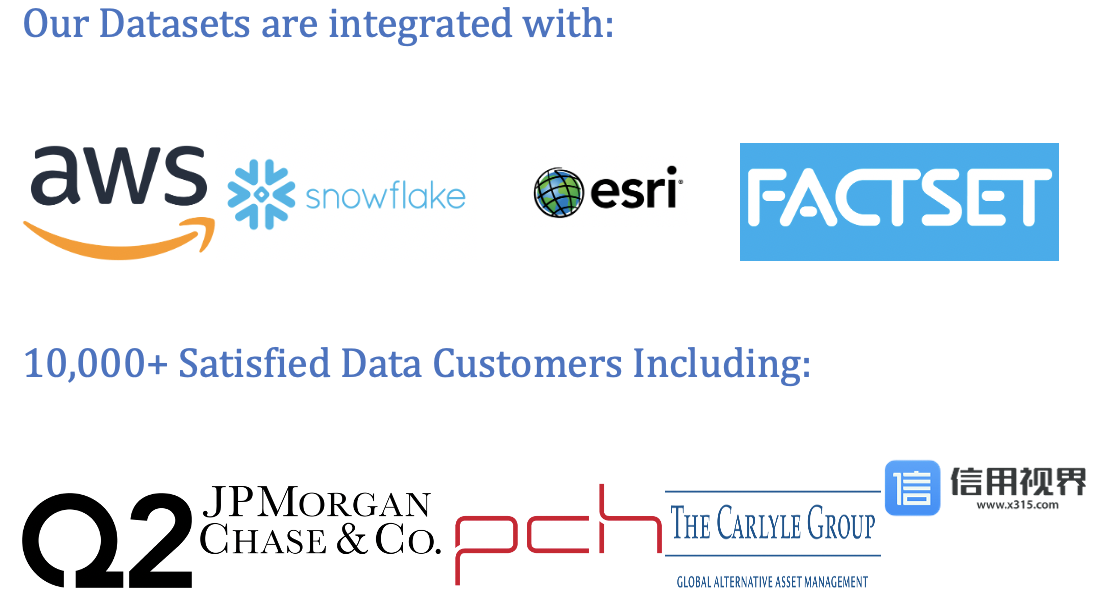
Top Voting Behavior Data Providers
Understanding Voting Behavior Data
Voting Behavior Data encompasses a wide range of variables related to voter behavior, including individual-level attributes, contextual factors, and historical trends. This data is collected through voter registration records, exit polls, surveys, opinion polls, and election results, providing insights into voter demographics, turnout rates, voting patterns, and electoral preferences. Analyzing Voting Behavior Data enables researchers, political analysts, and policymakers to identify voter trends, assess public opinion, and evaluate the impact of political campaigns and policy initiatives.
Components of Voting Behavior Data
Key components of Voting Behavior Data include:
- Demographic Information: Characteristics such as age, gender, race, ethnicity, education level, income, and occupation, which influence voter behavior and electoral outcomes.
- Voting History: Records of past elections in which voters participated, including the candidates they voted for, the electoral districts they voted in, and the methods of voting used (e.g., in-person voting, absentee voting, early voting).
- Party Affiliation: Membership or alignment with political parties or ideological groups, indicating voters' preferences and partisan identities.
- Candidate Preferences: Voters' preferences for specific candidates or political parties, measured through opinion surveys, exit polls, or election results.
Top Voting Behavior Data Providers
- Leadniaga : Leadniaga offers advanced data analytics solutions for political campaigns, providing Voting Behavior Data and tools for voter segmentation, targeting, and outreach. Their platform leverages machine learning algorithms and predictive modeling techniques to analyze voter behavior data and optimize campaign strategies.
- Pew Research Center: Pew Research Center conducts surveys and studies on public opinion, including voter attitudes, political engagement, and voting behavior. Their research reports and datasets provide valuable insights into voter demographics, preferences, and trends.
- The Associated Press (AP): The Associated Press collects and publishes election results and exit poll data for elections in the United States and around the world. Their comprehensive coverage of electoral races and voter demographics serves as a valuable resource for researchers and analysts studying voting behavior.
- FiveThirtyEight: FiveThirtyEight is a data journalism website that analyzes electoral forecasts, opinion polls, and voter behavior in the United States. Their election models and interactive tools provide data-driven insights into electoral dynamics and voter preferences.
Importance of Voting Behavior Data
Voting Behavior Data is essential for understanding the electoral process and shaping political strategies and policies for the following reasons:
- Election Forecasting: Enables the prediction of election outcomes based on voter demographics, historical voting patterns, and opinion polling data, informing campaign strategies and media coverage.
- Voter Engagement: Facilitates targeted outreach and mobilization efforts to engage voters, increase voter turnout, and ensure representation of diverse communities in the electoral process.
- Policy Analysis: Informs policy debates and decision-making processes by assessing public opinion, identifying voter priorities, and evaluating the electoral consequences of policy proposals.
Applications of Voting Behavior Data
The applications of Voting Behavior Data include:
- Campaign Strategy: Guides political campaigns in targeting key voter demographics, tailoring campaign messages, and allocating resources effectively to maximize electoral support.
- Gerrymandering Analysis: Supports efforts to combat partisan gerrymandering and ensure fair representation by analyzing voting patterns, district boundaries, and demographic trends.
- Election Monitoring: Facilitates international election observation missions and monitoring efforts by providing data on voter turnout, electoral irregularities, and compliance with democratic norms and standards.
Conclusion
In conclusion, Voting Behavior Data provides valuable insights into voter preferences, electoral dynamics, and political processes, shaping political strategies, policy decisions, and democratic governance. With leading providers like Leadniaga and others offering advanced data analytics solutions, stakeholders can leverage Voting Behavior Data to understand voter behavior, predict election outcomes, and promote civic engagement. By harnessing the power of Voting Behavior Data effectively, societies can strengthen democratic institutions, uphold electoral integrity, and ensure representative governance.
Our Datasets are integrated with :



10,000+ Satisfied Data Customers including :








